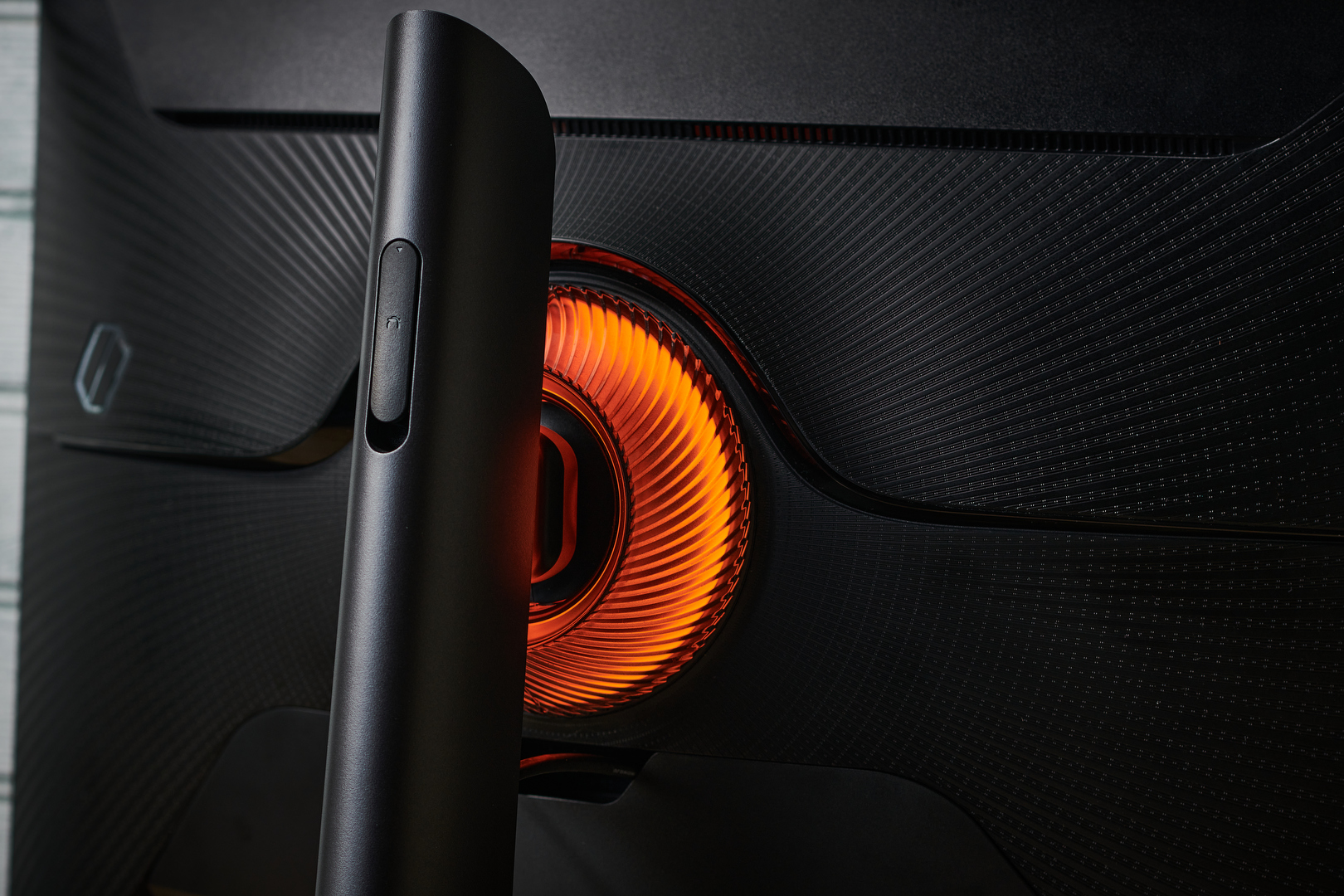

Turned out you have to use a FAT32 compatible drive. Important: I tried with the following drives: USB 3.0 128 GB, USB 3.0 8 GB, USB 2.0 8 GB. You need to prepare the USB stick, I used Rufus for that, it's important to use MBR and FAT32:Īfter Rufus is done extract the.


:strip_exif()/i/2003928030.jpeg)
#Odyssey g7 firmware update update
You have to do it over USB so you have to download the update package from the web first, this is easy enough, however since the Samsung website forces me to use my local language, I can only give you a direct link to the Danish version.īut as always, Google is your friend, just search for: samsung odyssey neo g9 firmware and you should get the link relevant for you. In the case of the Neo G9, this turned out to be quite challenging. The first thing I do when getting my hands on new hardware is to make sure it's updated with the latest software/firmware. Samsung Odyssey G7 owners who have been encountering flickering issues with G-SYNC will definitely want to try the new firmware, which can be downloaded from the monitors’ official support page.Keep trying the firmware update - after around 30 attempts doing the same thing, it just worked 🤯🎉🪅 Awesome Ultrawide Monitor, not only for gamingįor once I'm going to write an article which is not directly related to programming, but if you're going to be a good (and happy developer) you need to right tools, and the huge Odyssey Neo G9 which is 49" is for sure a handy tool when it comes to programming, You will be able to have all the stuff open that you want to use at once when using this monitor, here's how my Visual Studio focus mode looks after switching over to this monster:Īlso, another really nice feature is the built-in picture-in-picture where you can have to computers connected (1 on DisplayPort, 1 on HDMI), and then have both showing on the screen at the same time, side by side, pretty cool, instead of using RDP. Others have pointed out that the new firmware also restores DisplayPort functionality for those who lost it after installing the previous, faulty 1007.1 update. Overall, this update has completely removed flickering, and as long as I enable v-sync (as recommended for g-sync anyway), everything works perfectly (minus the unrelated rare horizontal lines on deep oranges/blues).” “Also LFC must be working, as I see 150hz at 50fps, for example. “Forcing v-sync on via NCP removes the tearing,” wrote one user. While there isn’t much in the change log aside from “4K resolution support” and “improved picture quality,” multiple Odyssey G7 owners on r/Monitors are reporting that the firmware includes a new “VRR” control setting that stops the flickering when vertical sync is enabled. The law firm can probably scratch that case off its list, as Samsung has released a new firmware update (ver 1009.3) that reportedly fixes the issue. We previously reported that Chimicles Schwartz Kriner & Donaldson-Smith LLP was gearing up for a class action lawsuit against Samsung for its Odyssey G7 gaming monitors, which contain a defect that causes the image to flicker when G-SYNC is enabled.


 0 kommentar(er)
0 kommentar(er)
